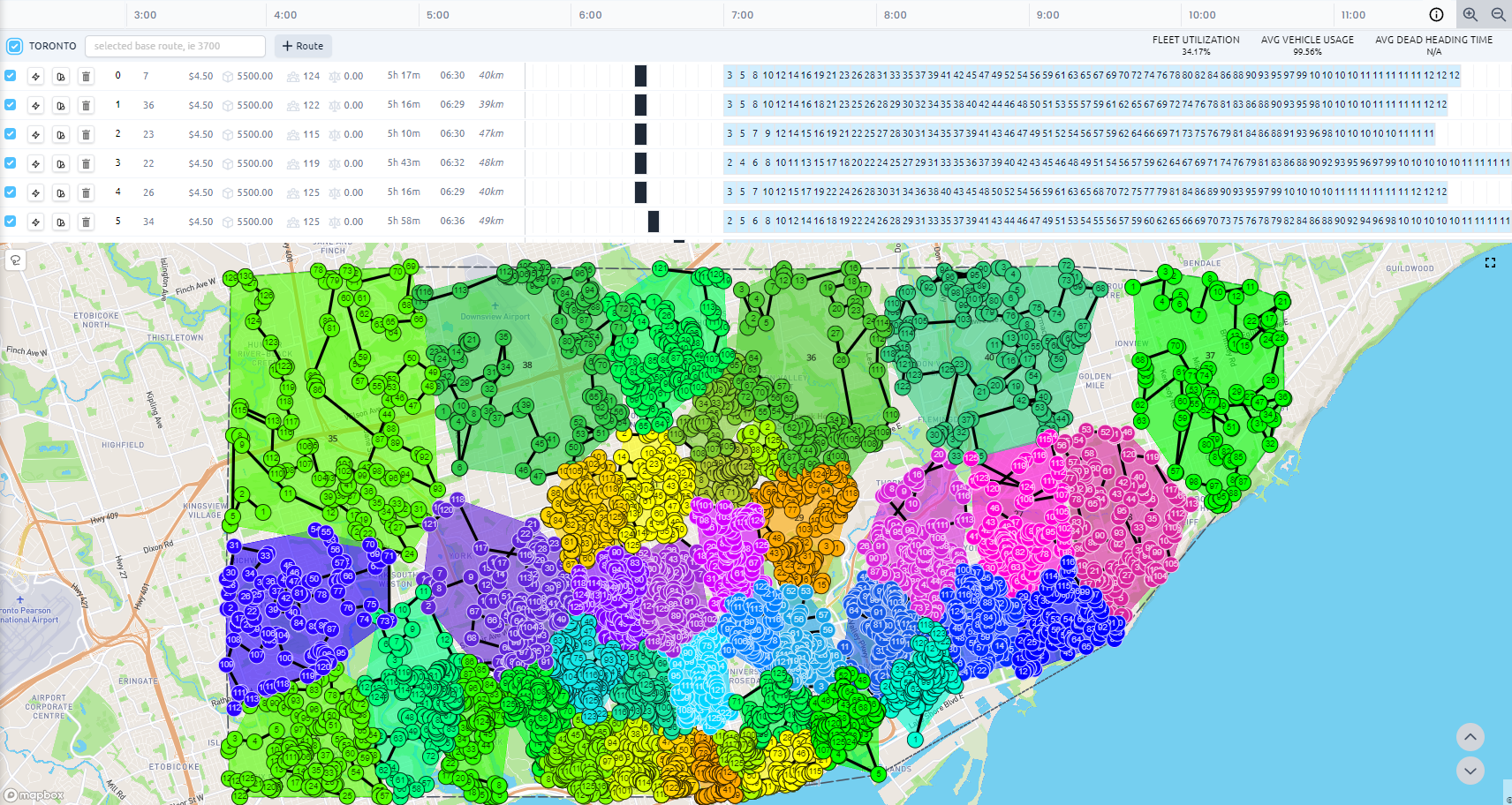When it comes to route optimization technology, which can analyze millions of stops and plan the most efficient routes for an entire network’s deliveries, some of the benefits may be more obvious than others.
While it does, of course, do what it says on the lid, there’s a whole range of advantages it can provide beyond just telling a truck which order to make the day’s deliveries in and the roads to take between each one.
Let's take a look at some of the key benefits of route optimization technology
- Cost Reductions
From the initial cost of buying a fleet to regular vehicle maintenance, fuel, depreciation, and labor costs, running a delivery network is expensive, with businesses operating on tight margins that keep getting tighter - the cost of fuel hit record highs in the US in 2022.
By planning more efficient routes that avoid known issues on the road and communicate changes to drivers in real time, route optimization can help reduce fuel consumption - and carbon emissions - by reducing a vehicle’s time on the road per delivery. This can also help reduce unnecessary vehicle mileage, resulting in lower maintenance costs and higher resale values.
These improvements can then help lower your organization’s insurance premiums, with vehicles with lower mileage and fewer maintenance issues providing less risk for an insurer to manage.
- Improving driver safety and productivity
Reducing the unnecessary time a vehicle spends on the road by optimizing the routes it takes also means reducing the unnecessary time that a driver spends on the road. This can help reduce labor costs, boost productivity, and more importantly, help ensure that drivers get to each delivery and back home safely.
Long hours behind the wheel can lead to driver fatigue and stress, which can lead to drivers missing days at work through illness, or even put drivers at risk of accidents - according to the United States Postal Service’s FY2022 Annual Report to Congress, 12.39% of their delivery vehicles were involved in accidents in 2022.
Keeping drivers safe and reducing the risk of accidents can also help reduce insurance premiums.
- Boosting customer service and customer satisfaction
Customers expect their deliveries to not only be cheap - they also expect them to be speedy, and easily trackable so they know what time to be waiting.
By planning out the day’s stops, route optimization technology can help provide customers with an accurate estimate of when to expect their delivery, while real-time tracking of vehicles can allow customers to receive updates as their delivery window nears. More importantly, route optimization can help make sure that a delivery is on-time - a quick win when it comes to customer satisfaction!
In addition, a driver operating without the fog of stress or fatigue can help give better customer service when dropping off each delivery.

